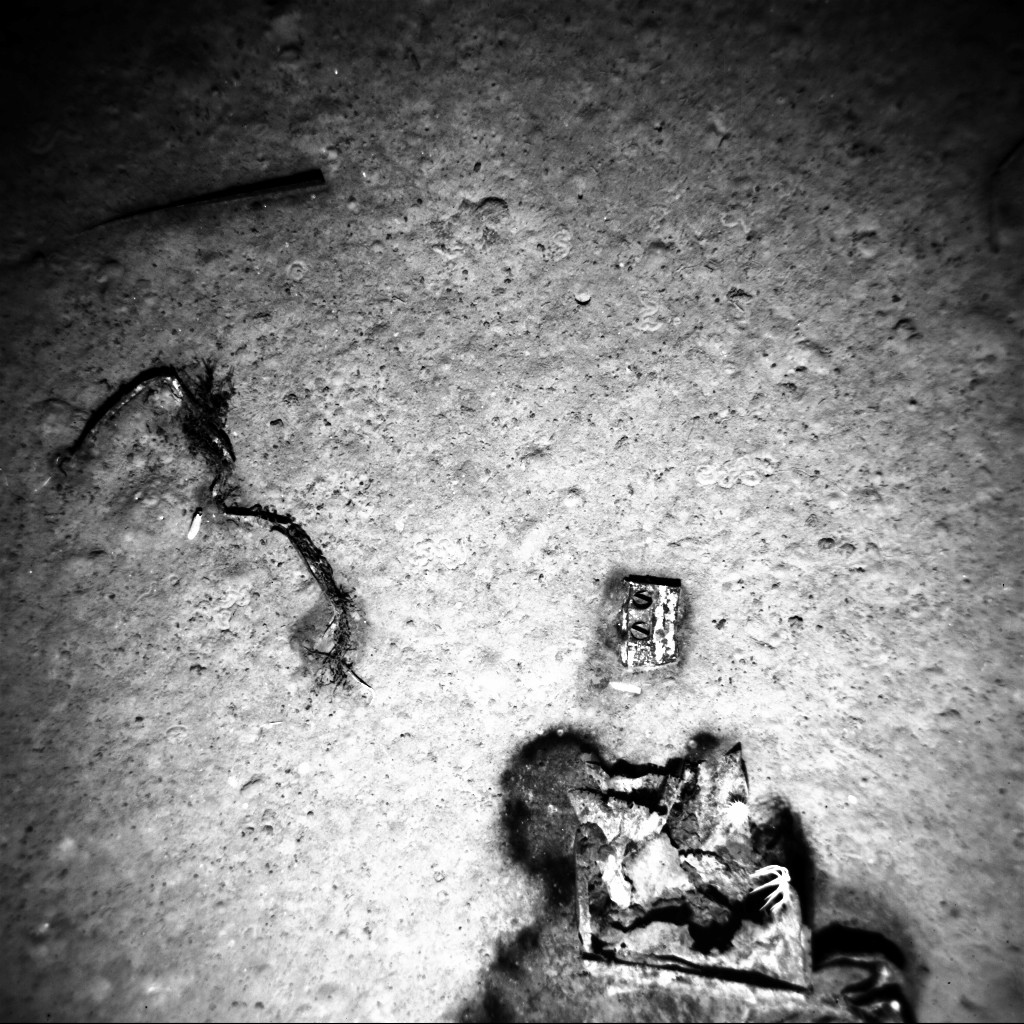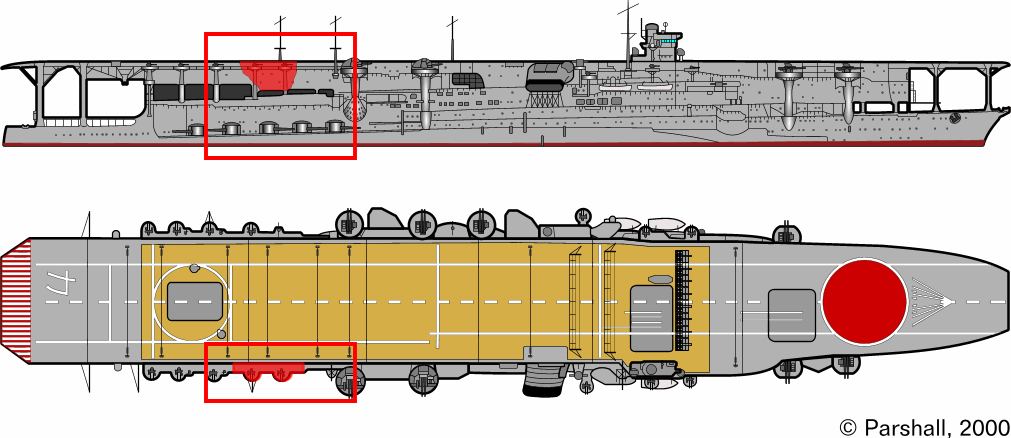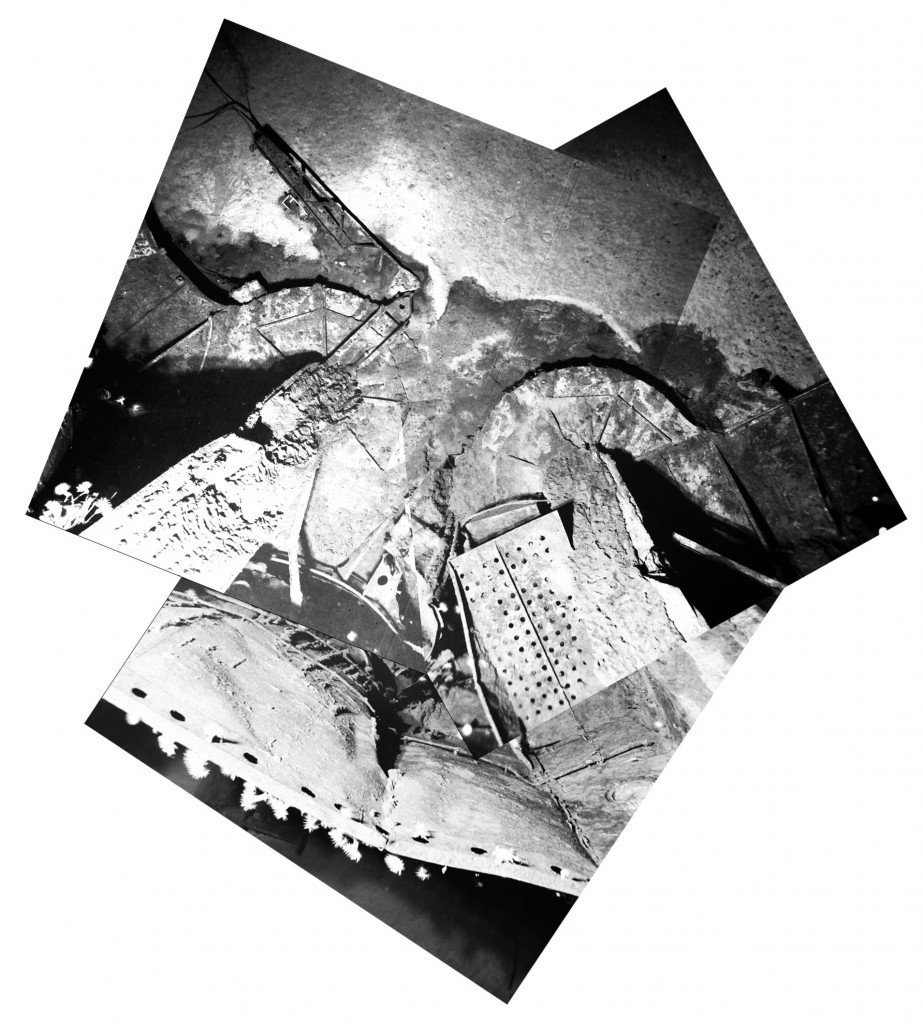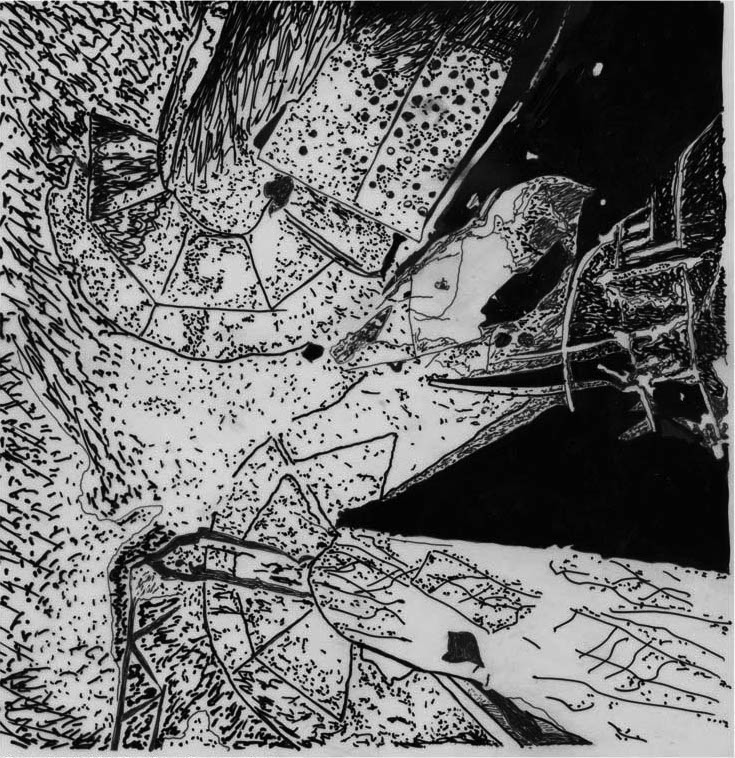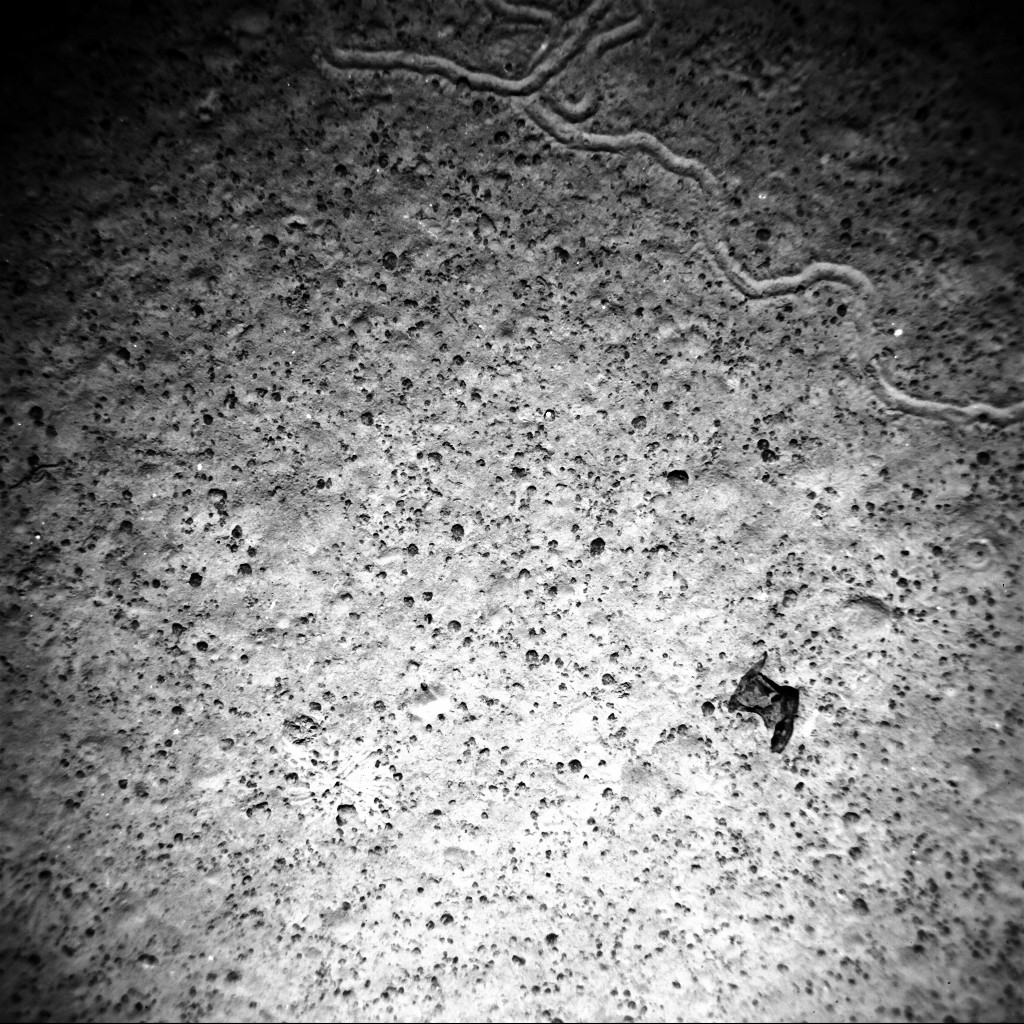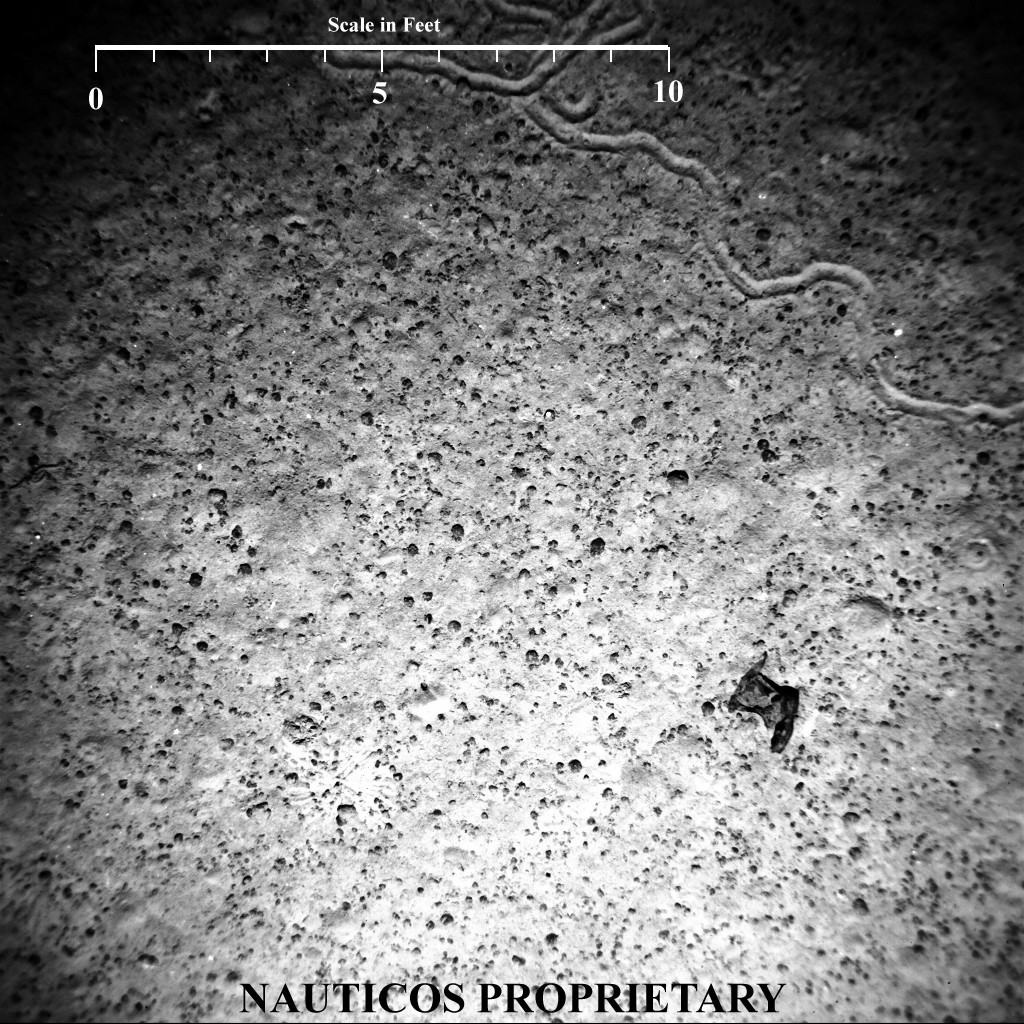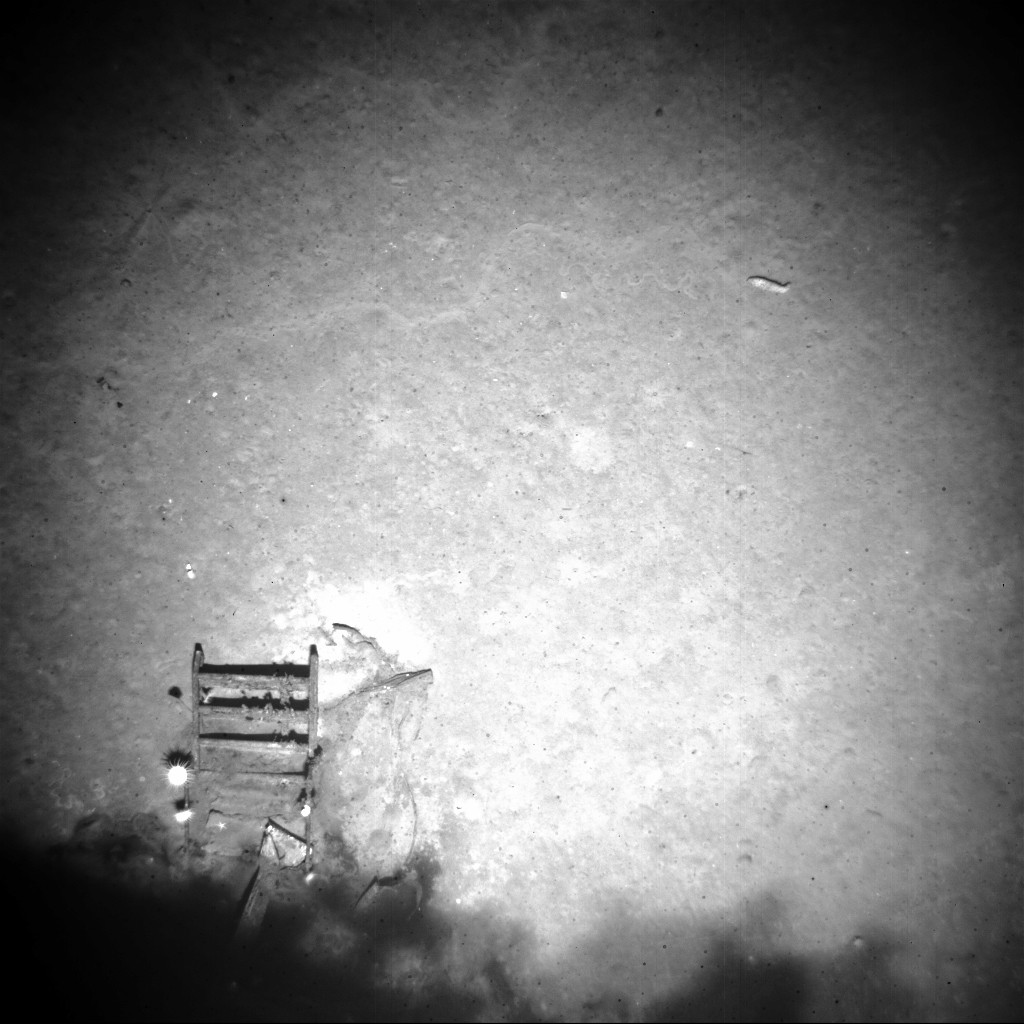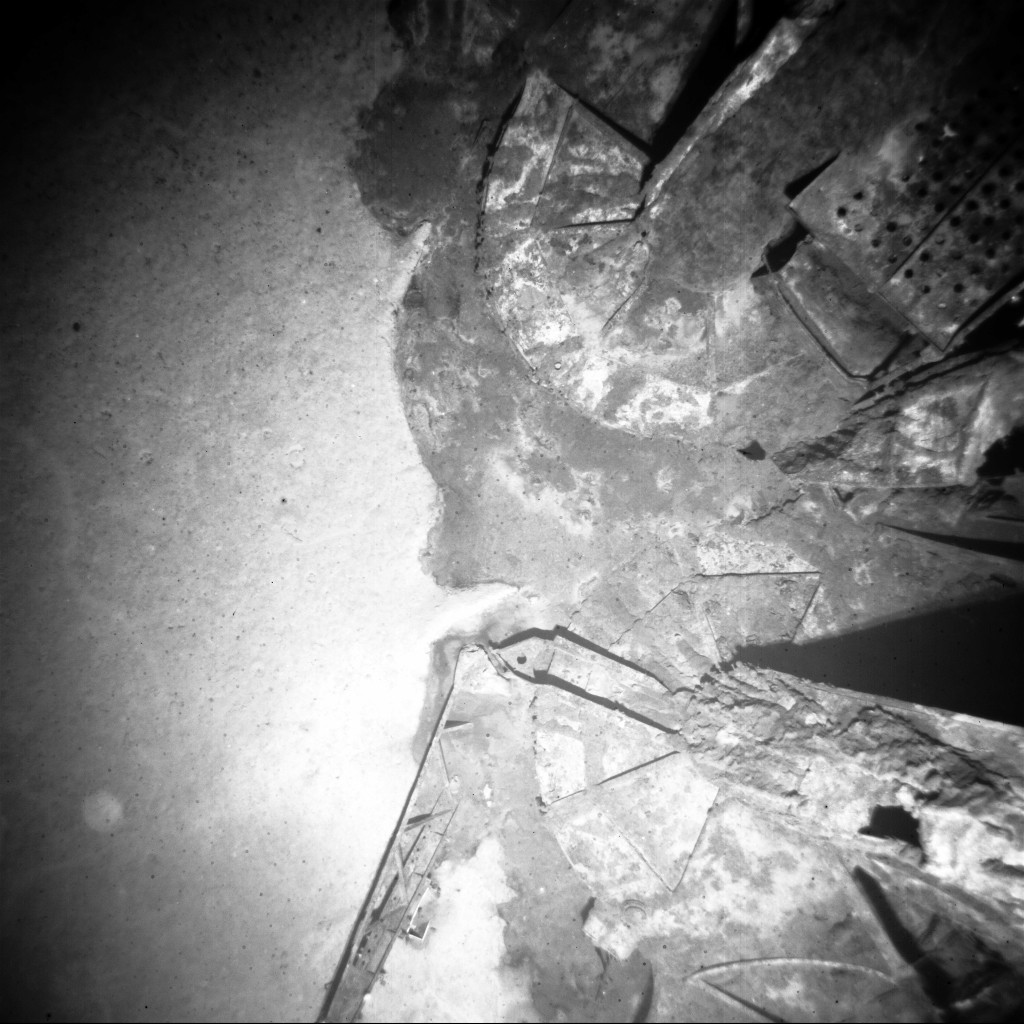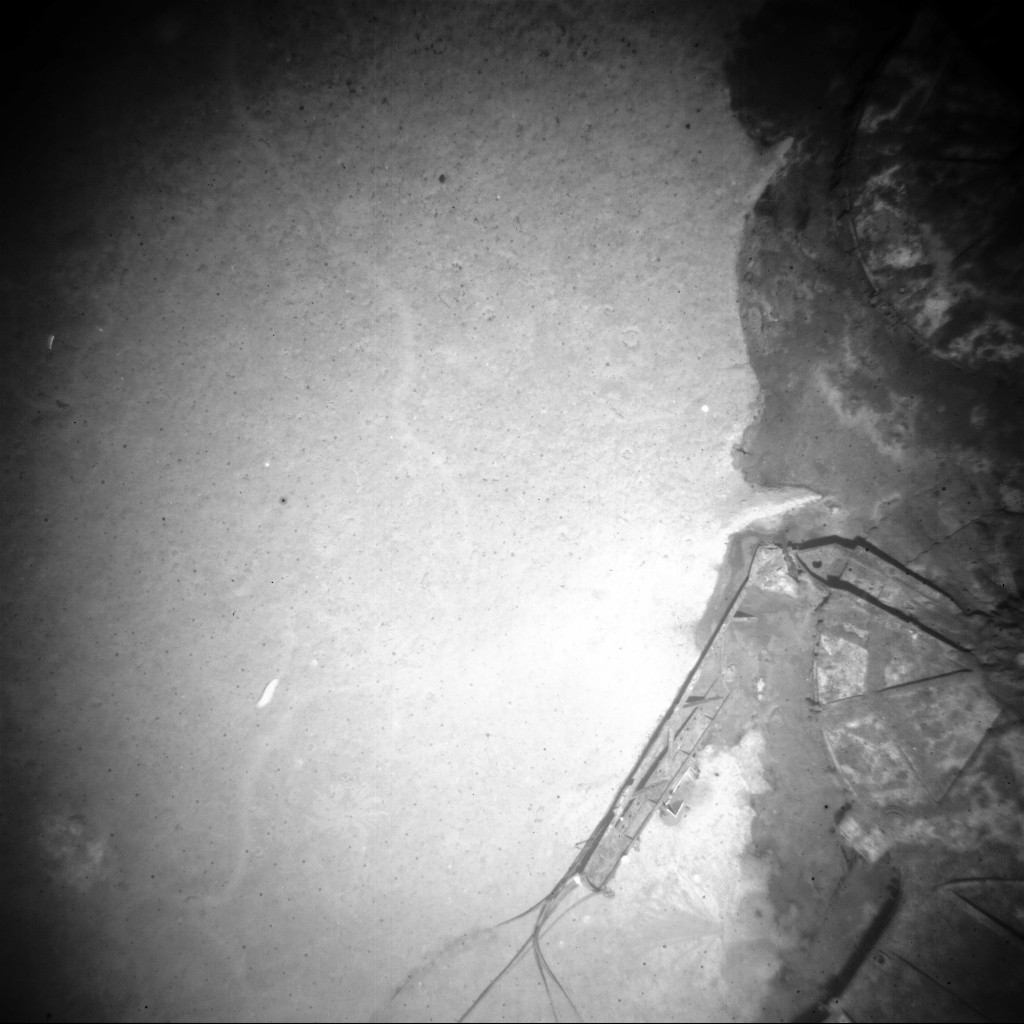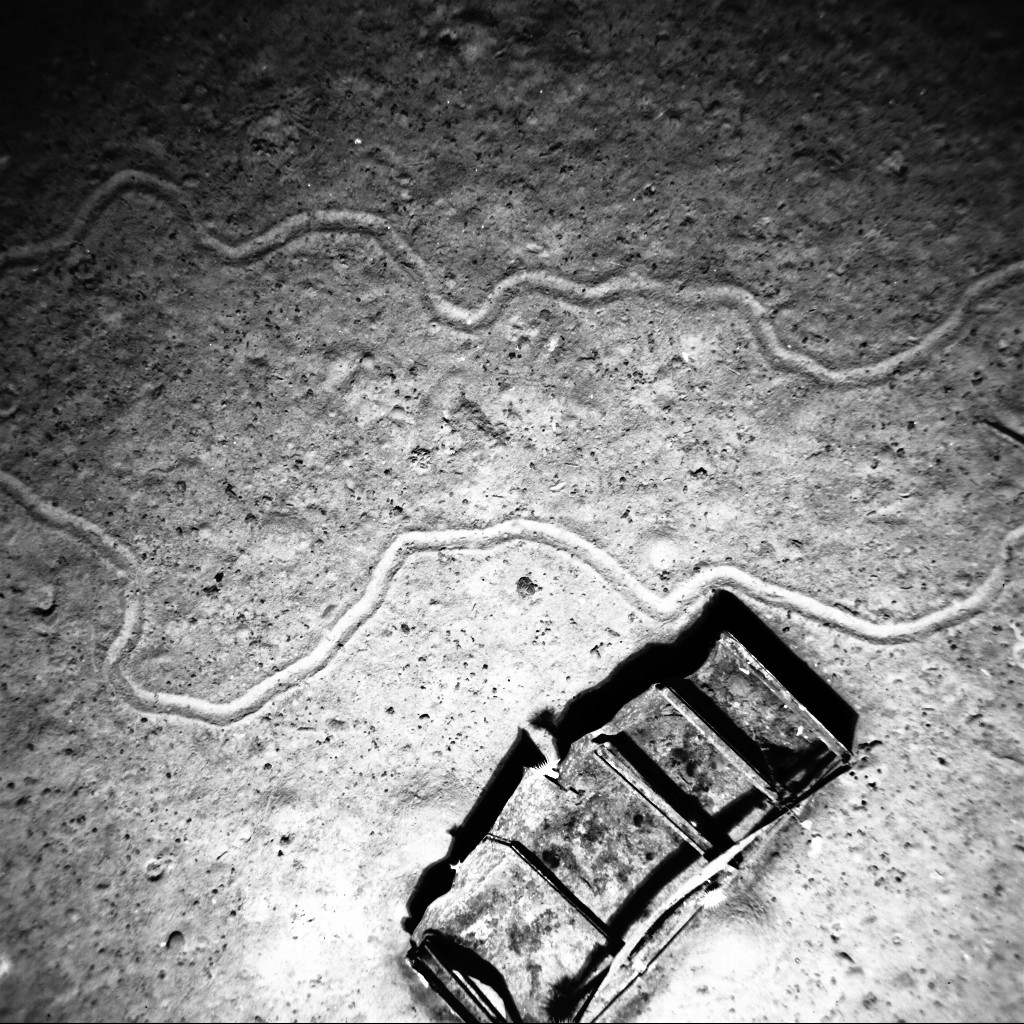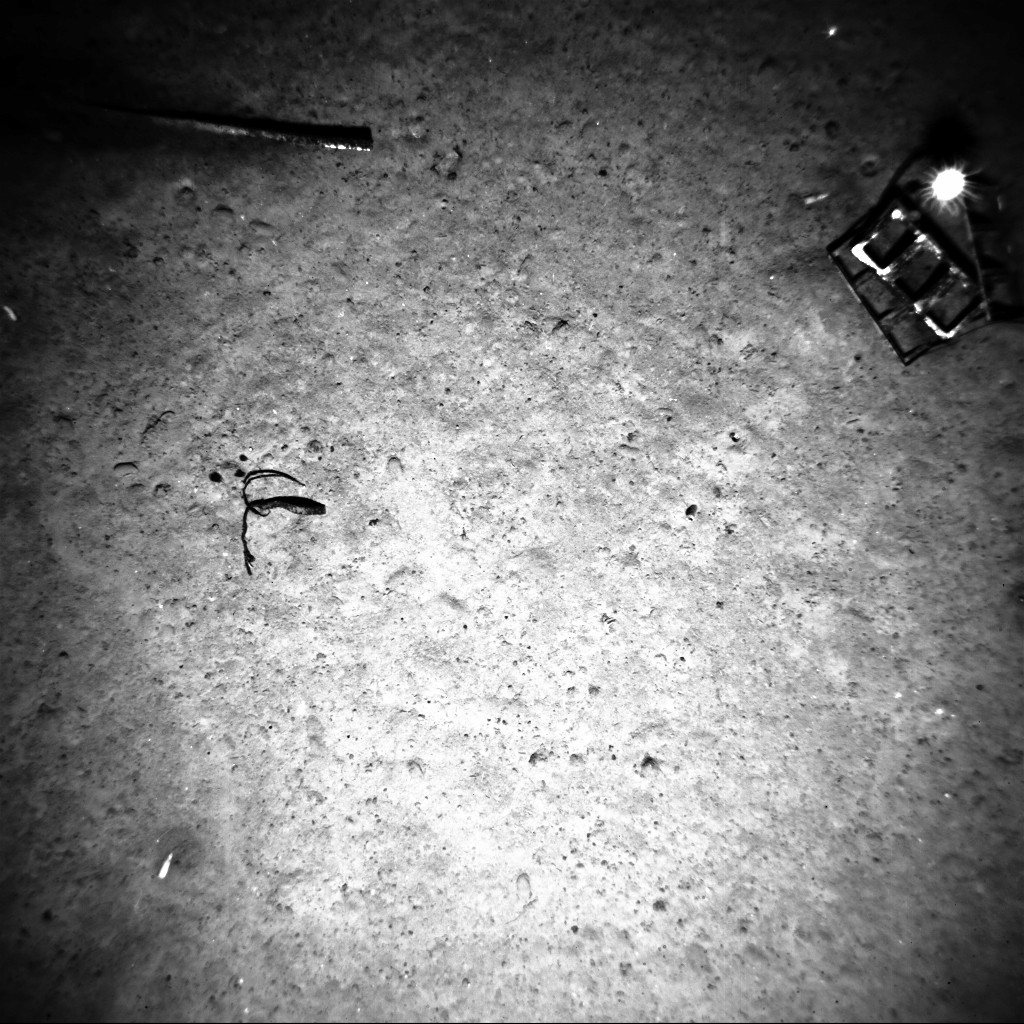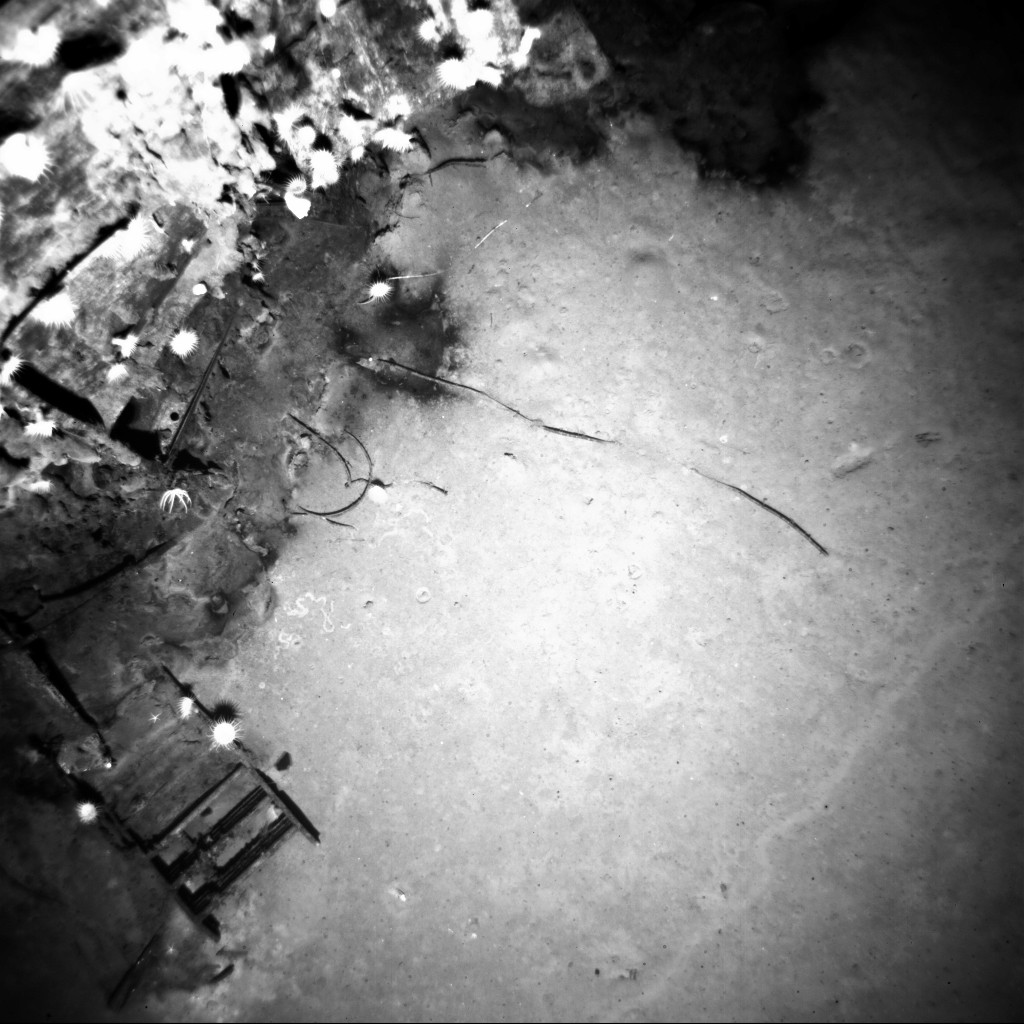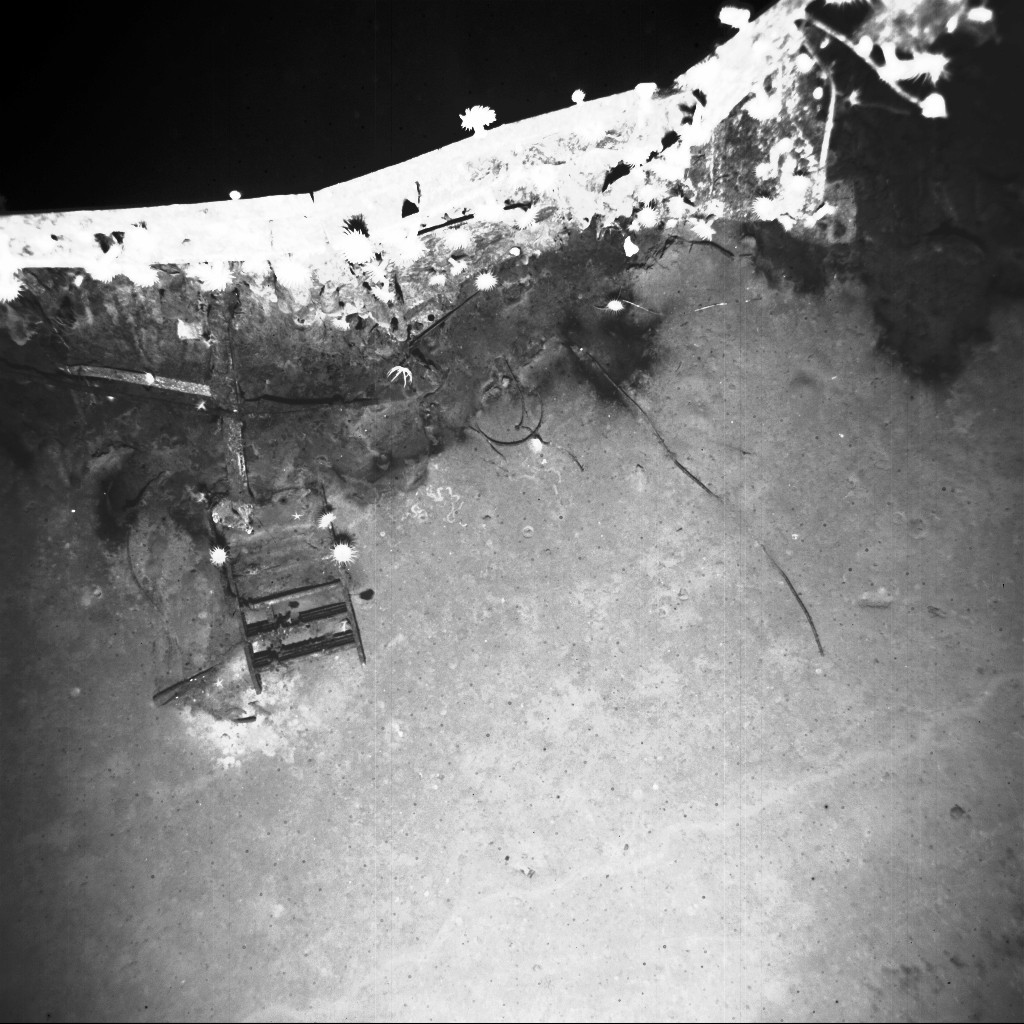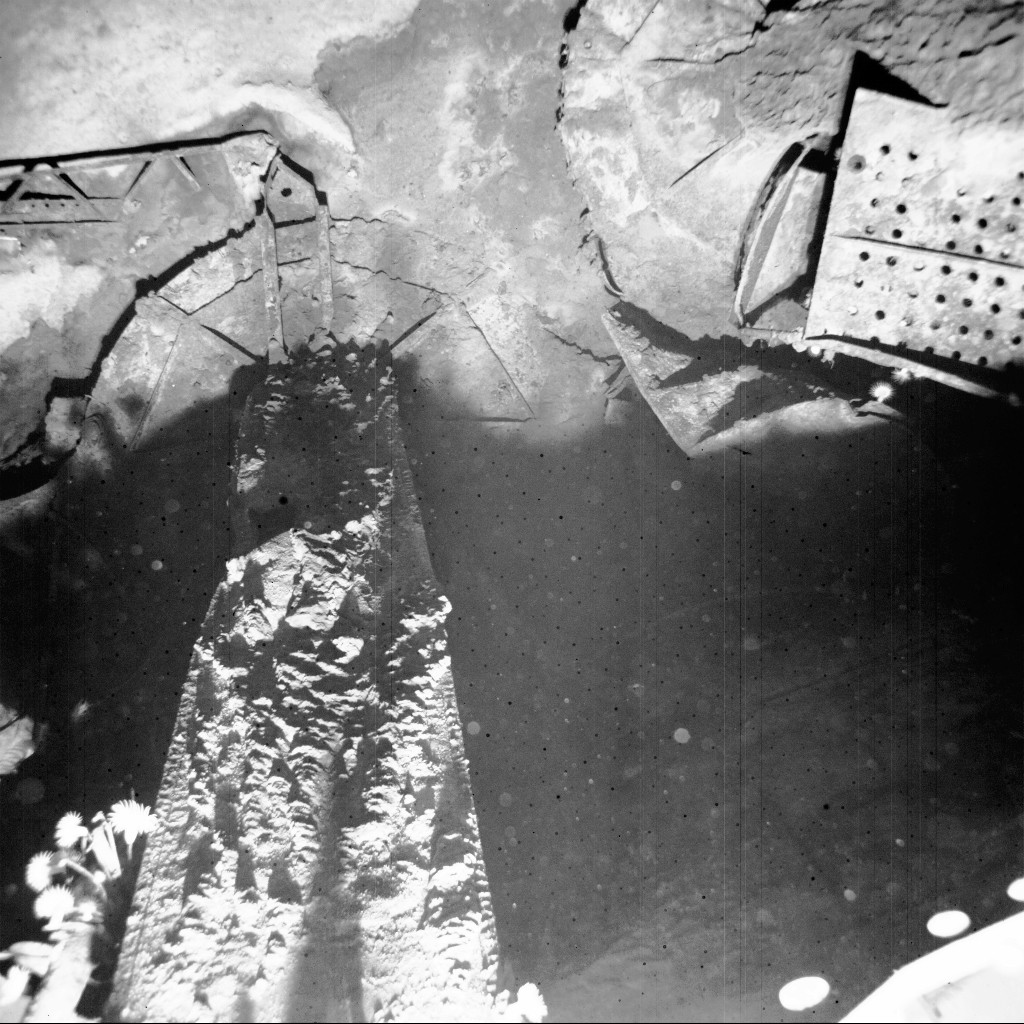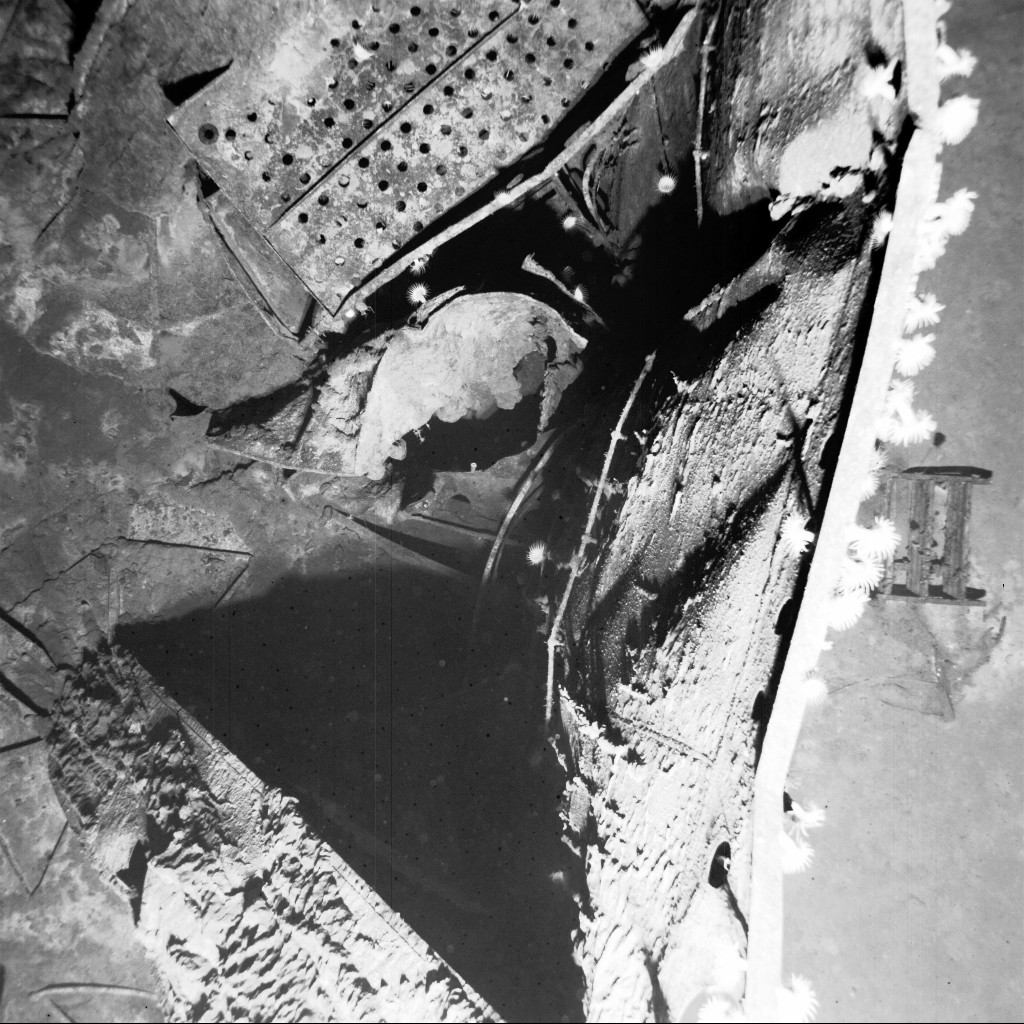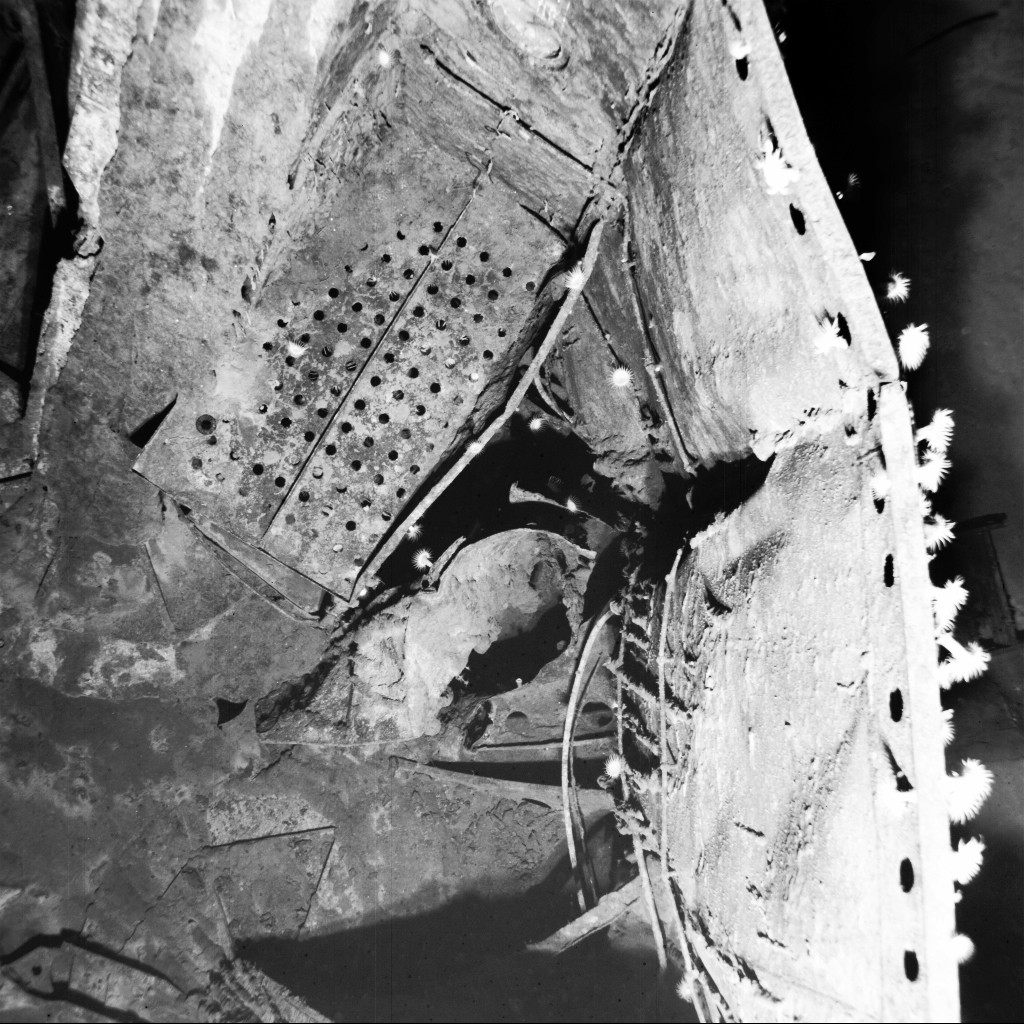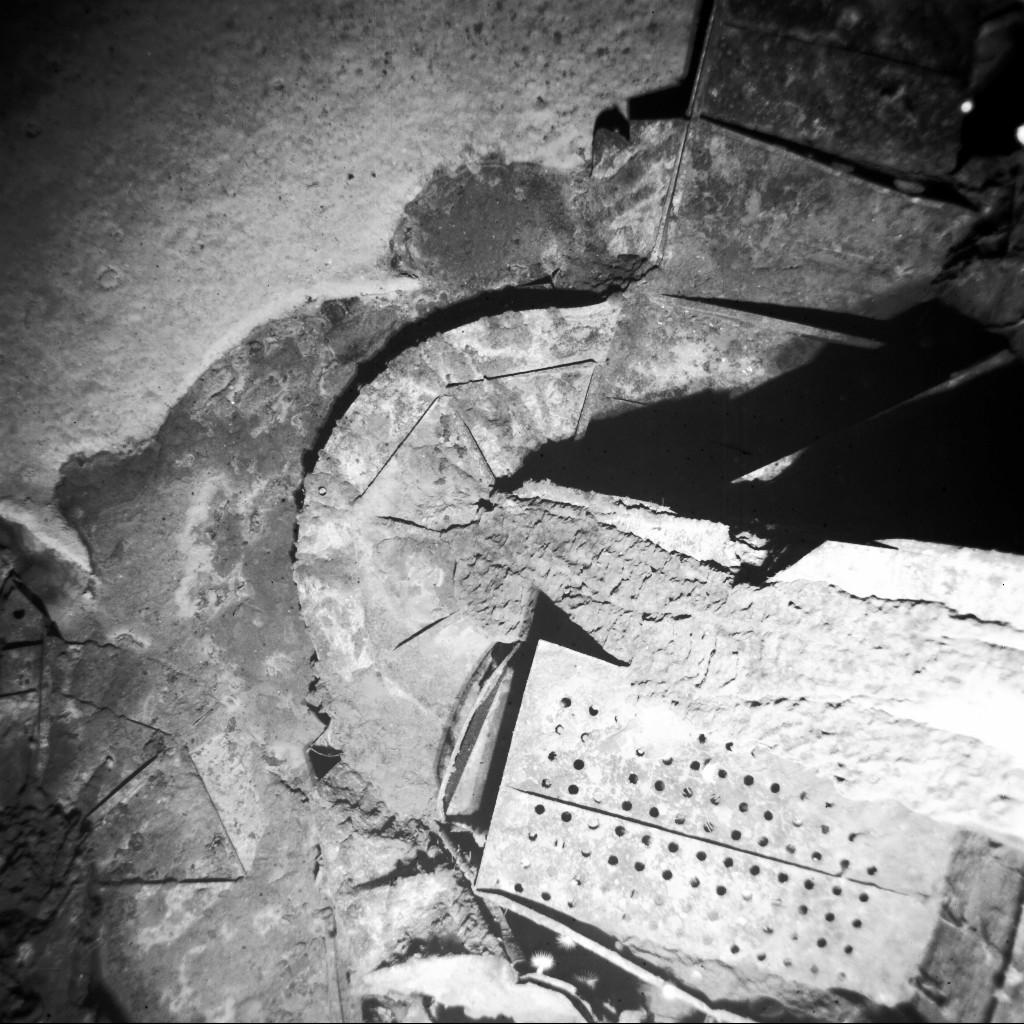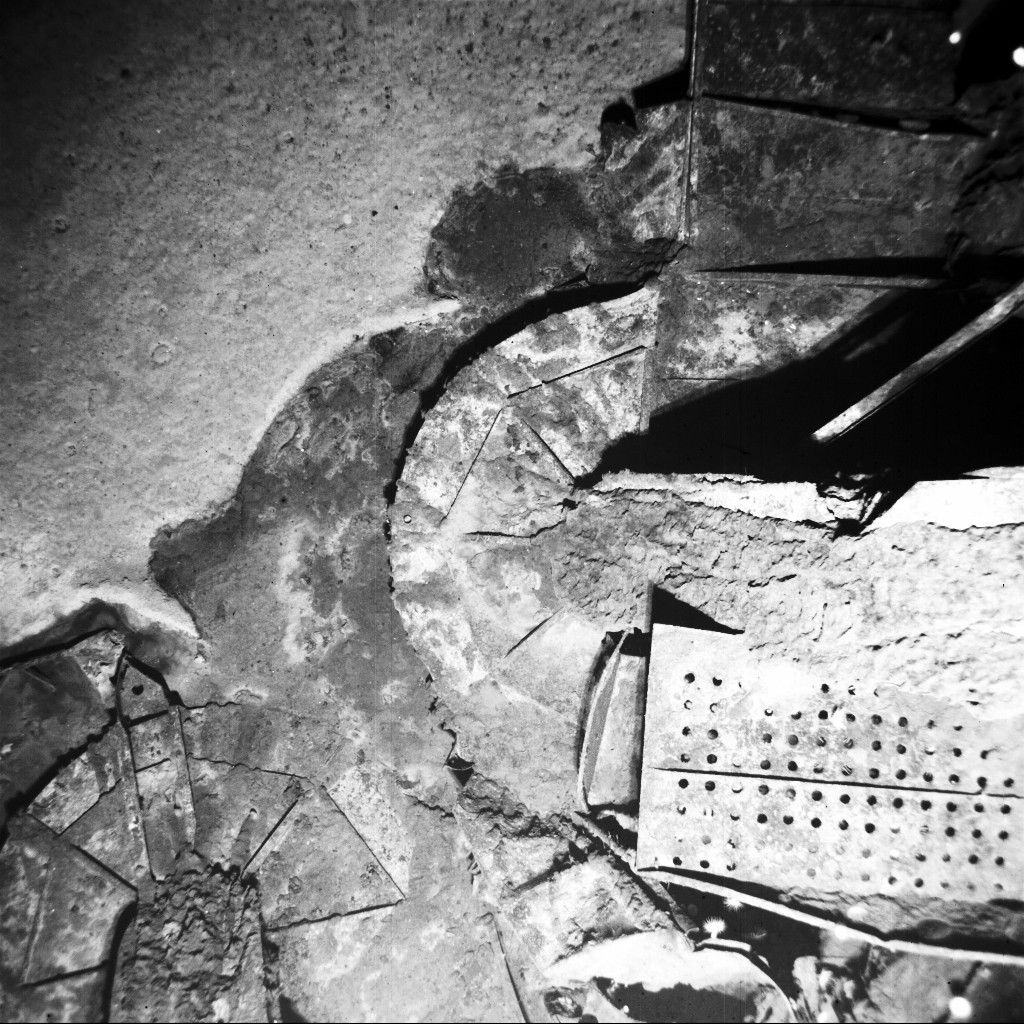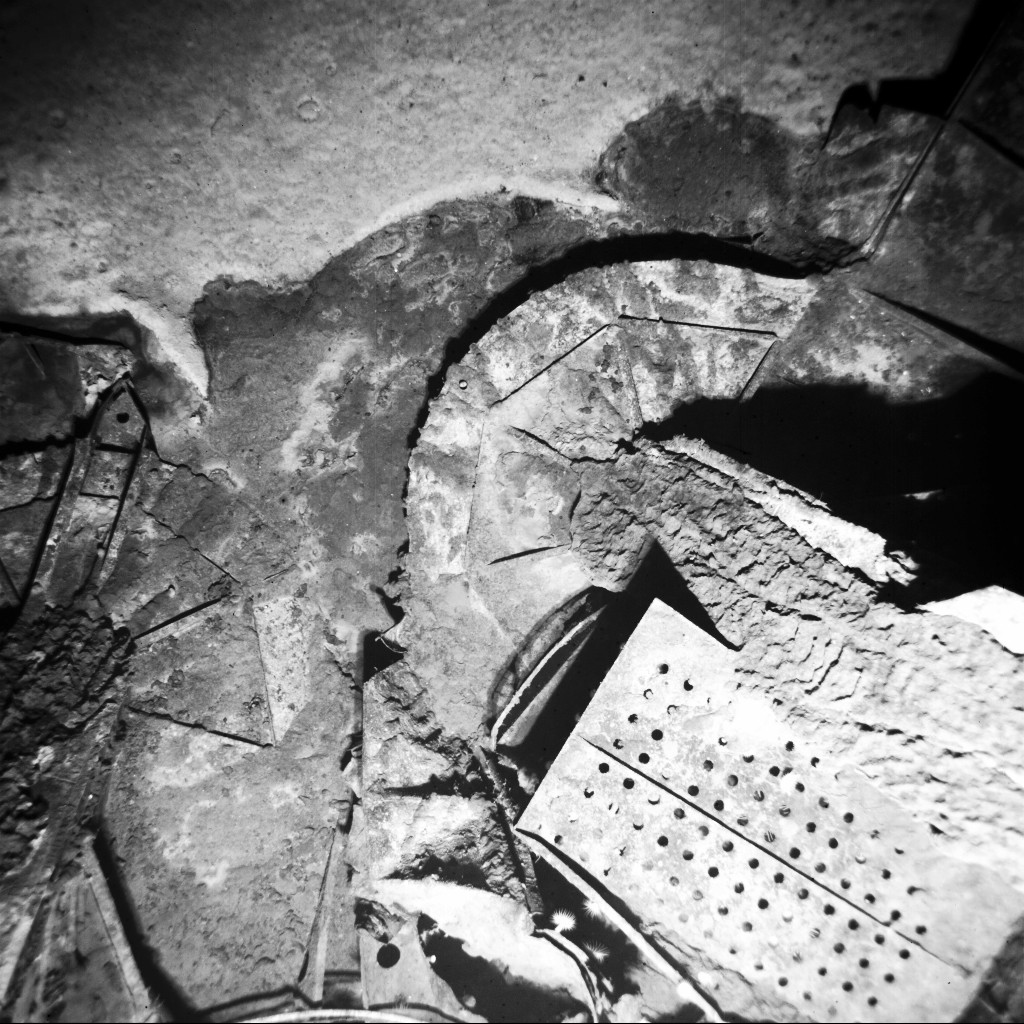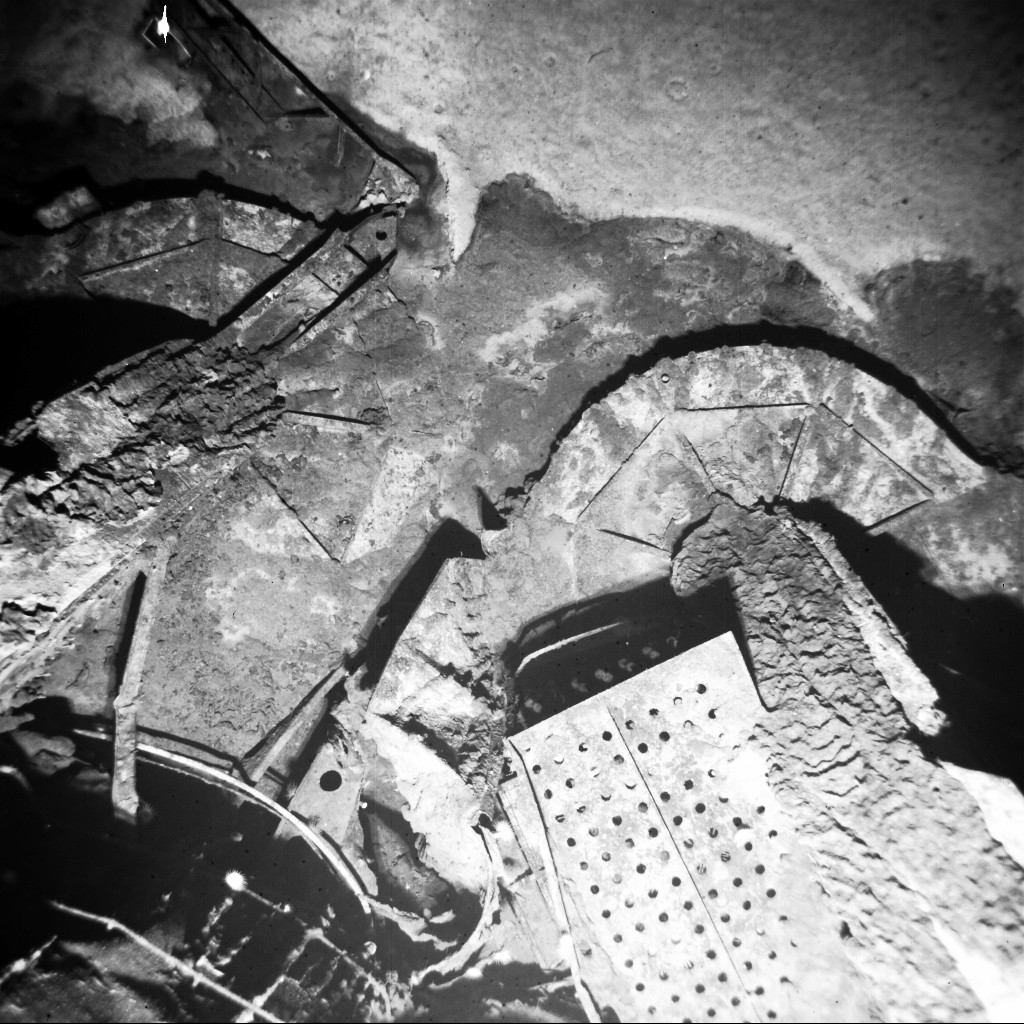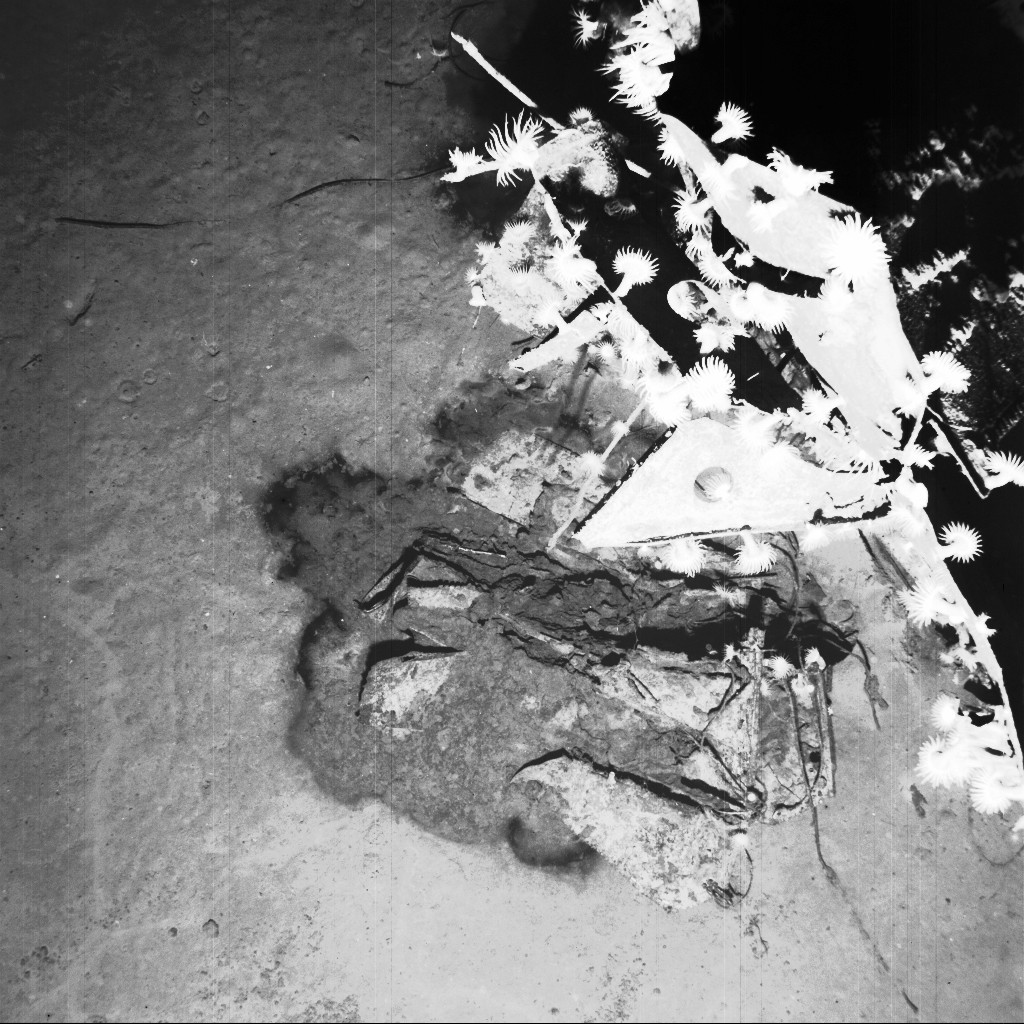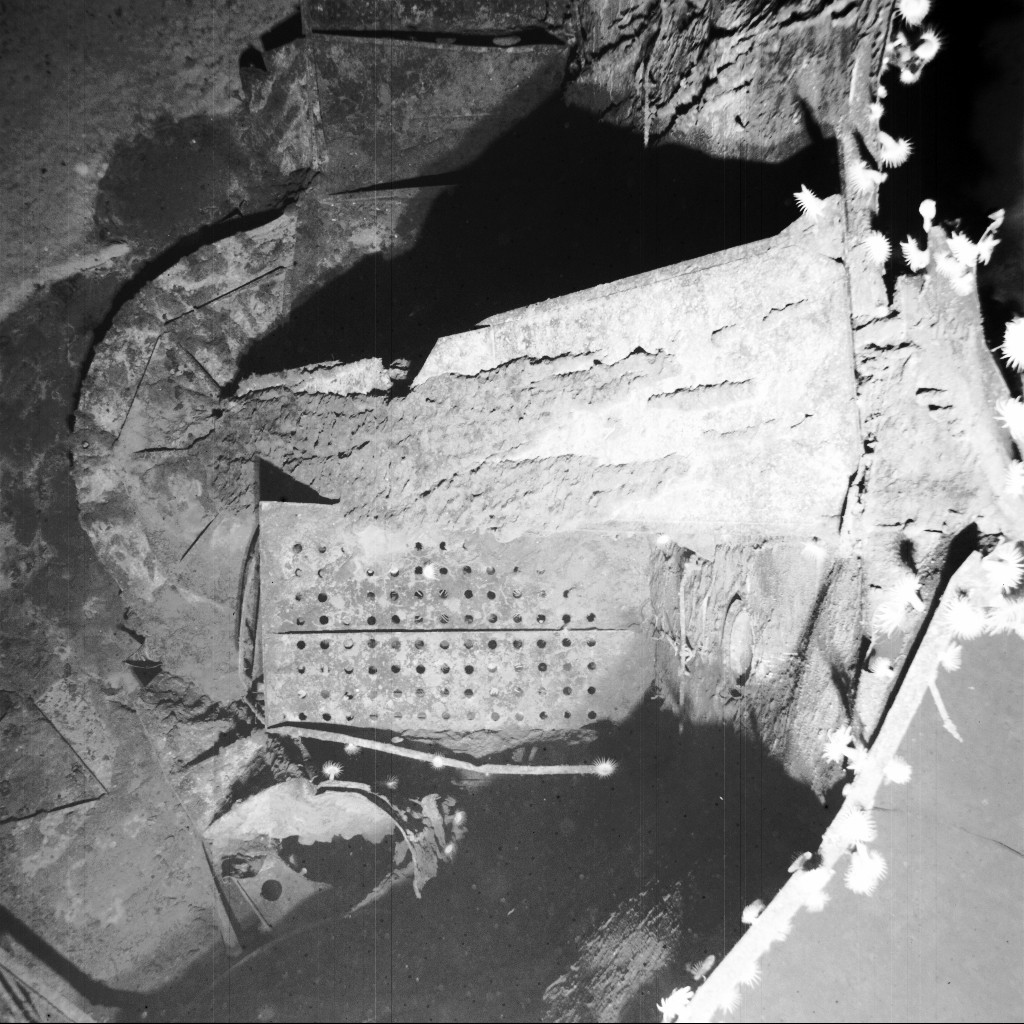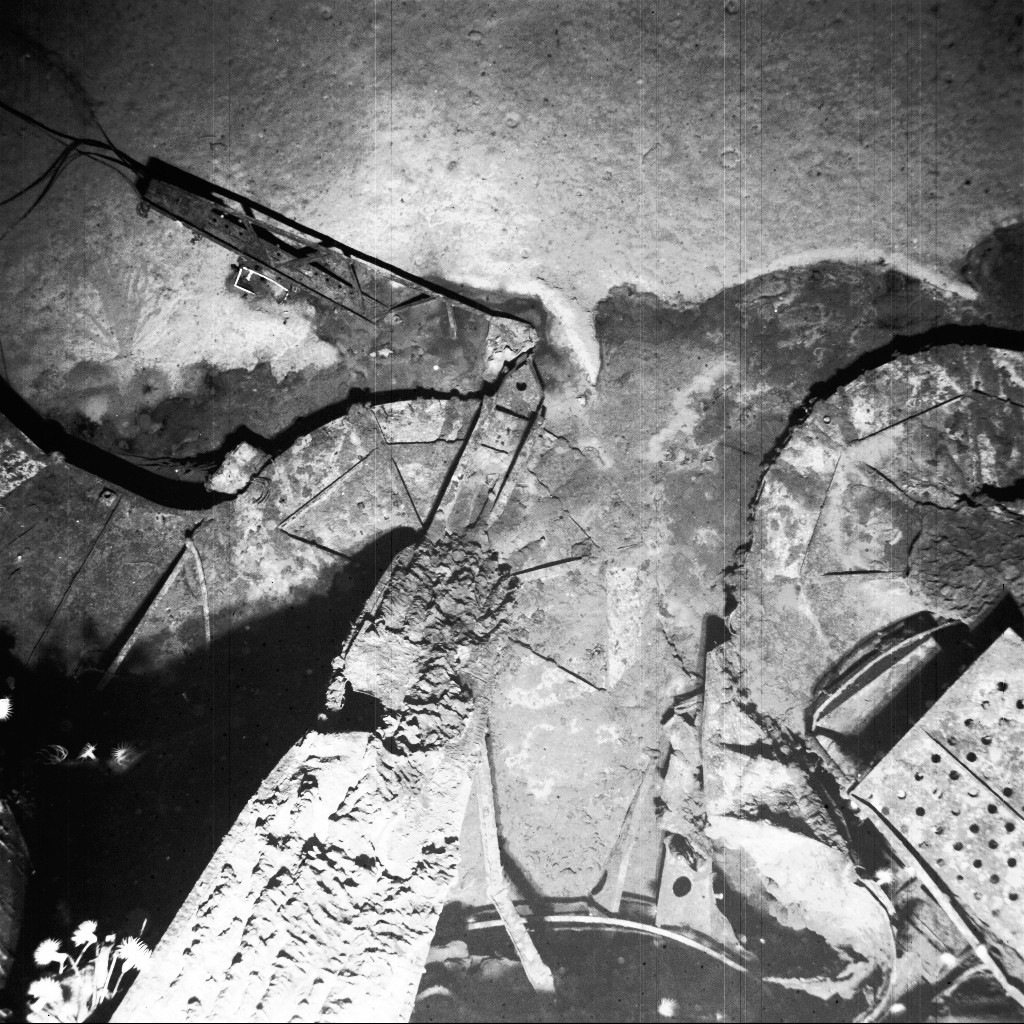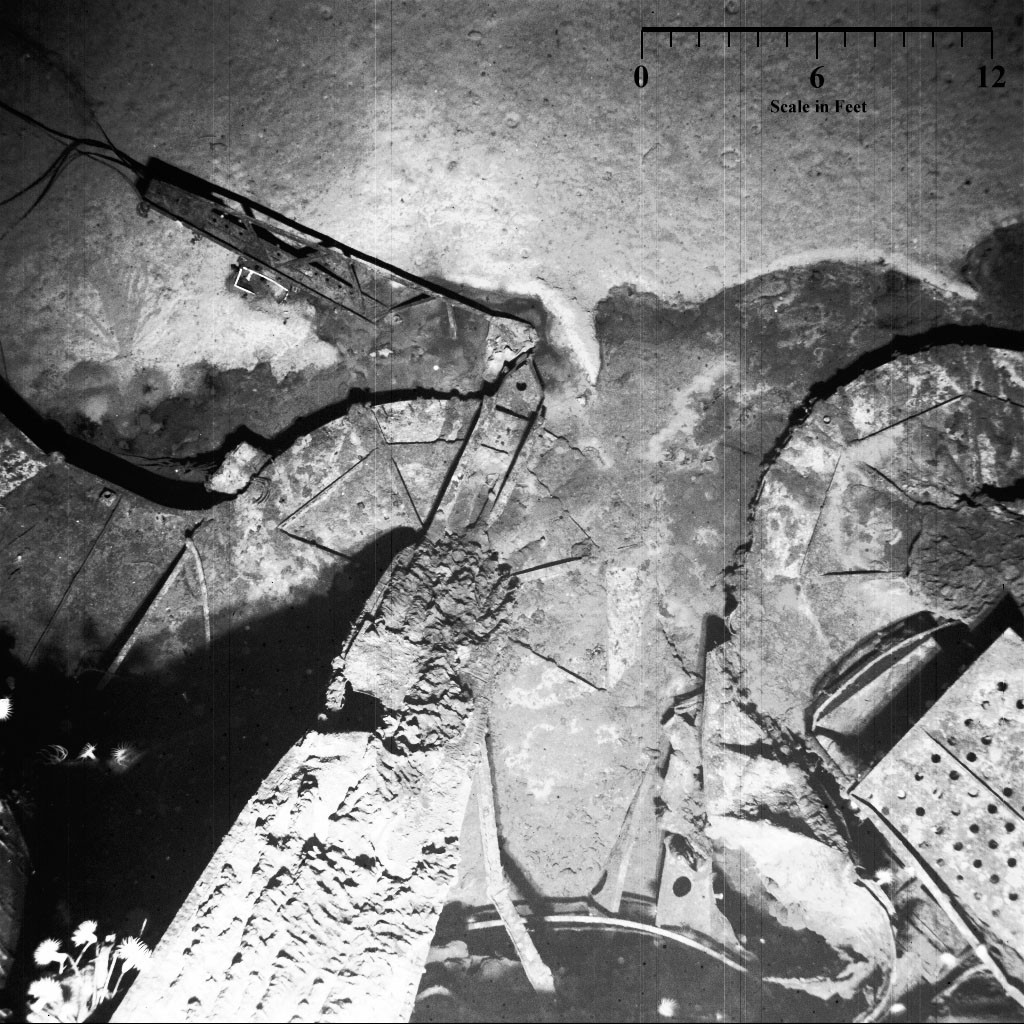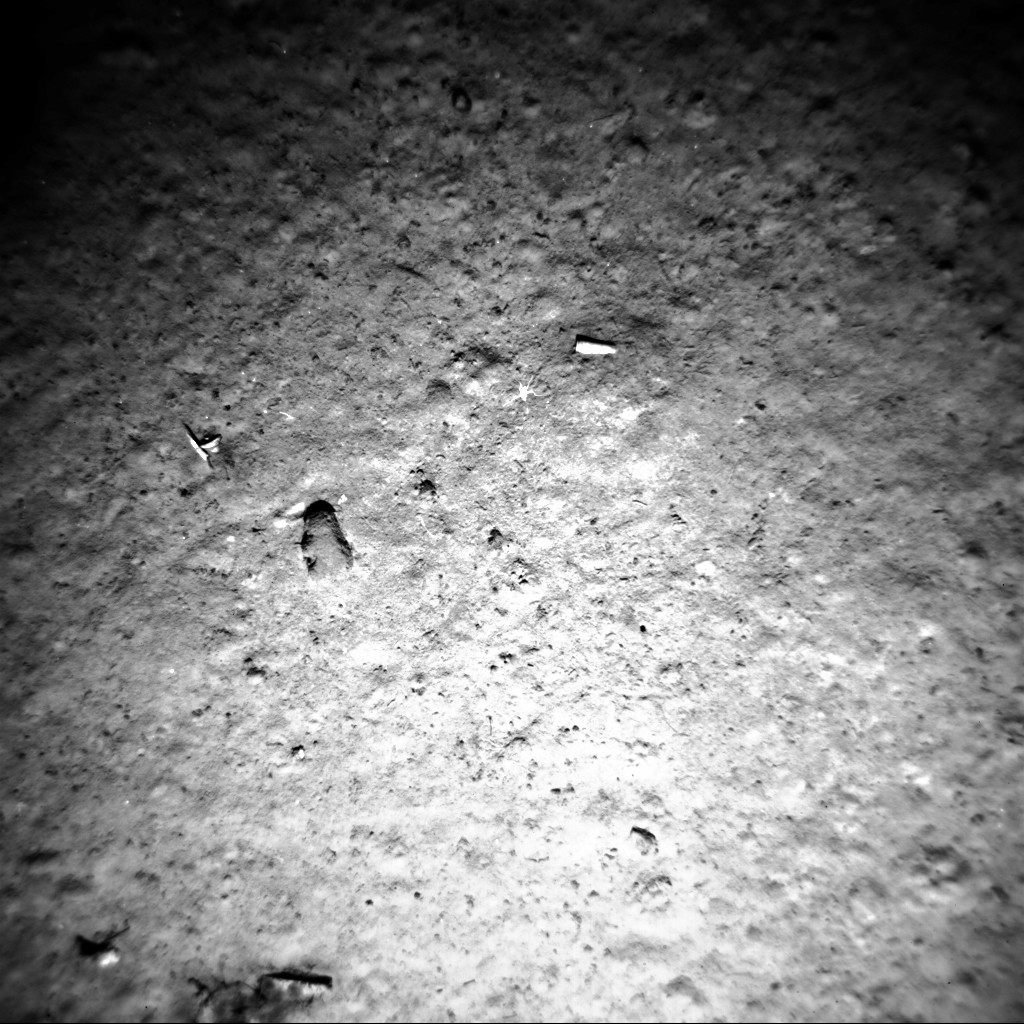The NOAA Ship Okeanos Explorer left port in Hawaii February 24, 2016 to start their field season exploring waters of the Hawaiian Islands, using their Remotely Operated Vehicle (ROV), Deep Discoverer, or D2. ROV D2 will be diving between 250 – 6,000 meters.
Mission telepresence participants are located at the Inner Space Center at the University of Rhode Island Graduate School of Oceanography. The mission is also being broadcast live.
MID-III is the third mission to Midway to discover the Japanese fleet. Missions I and II are documented in the book, Search for the Japanese Fleet: USS Nautilus at the Battle of Midway by David Jourdan.
The objectives of MID-III are to build a bottom bathymetric map around the assumed sinking positions of the three ships, Kaga, Akagi and Sōryū. Knowledge of the bathymetry around the sites where the hulls lie will be extremely helpful in later missions. Secondarily, sonar contacts that were acquired during missions I and II will be imaged, many for the first time. These sonar contacts are expected to yield new discoveries.
Thousands of hours have been invested in research and analysis of Midway by two leading experts in Japanese naval architecture and history, Mr. Jon Parshall and Mr. Anthony Tully. This mission borrows heavily on their work so that MID-III participants new to this project can understand the historical events that drive the methodology for discovery.
2016 Midway Mission Videos and Images
The vessel Okeanos Explorer is due to reach the Midway battle site on March 6th. In the meanwhile, the team is exploring the Northwest Hawaiian Island Marine Sanctuary, collecting geographic mapping data during the night and conducting ROV dives during the day with D2. Images and video from the expedition will be found here as they are collected.
1999 Midway Mission Videos and Interviews
In September, 1999 the research vessel USNS Sumner visited the newly discovered site of wreckage of the Japanese aircraft carrier Kaga based on sonar images collected in May of that year. During the expedition, the ROV TOSS (Towed Optical Search System) collected video images of the wreckage as seen in this collection. Also included are interviews discussion the mission history and analysis, some of which were used in the documentary The Search for the Japanese Fleet, which aired on the Discovery Channel in 2000.
1999 Midway Mission Still Camera Images
The following collection of images were collected in September, 1999 by an electronic still camera (ESC) operating on the TOSS (Towed Optical Search System) during a joint expedition by the Naval Oceanographic Office and Nauticos to the site of the 1942 Battle of Midway. These images are of wreckage of Japanese aircraft carrier IJN Kaga on the seafloor at 17,000 feet. A major artifact is a section of hull from the starboard side of the ship that held a pair of 25mm antiaircraft gun galleries. The piece is about 40 feet long and 30 feet high, lying inverted on the seafloor. The cameras view the object from above, looking down into the underside of the inverted gun tubs. The edges of the artifact are strewn with anemones. This piece included a landing light array that was unique to Kaga. Other pieces of debris large and small litter the bottom including: interior hull plating, probably from the hangar decks; storage boxes, probably from one of the upper antiaircraft galleries. Ammunition is scattered about. A bucket lies near an antenna or radar screen. Individual images are further described.

























